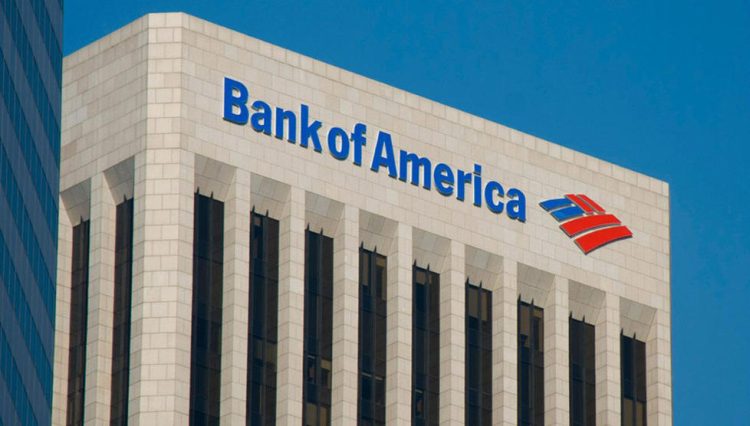Publisher: Maaal International Media Company
License: 465734
“BOA”: Markets’ future is “hazy” .. These are our expectations for US dollar
اقرأ المزيد
Athanasius Vamvakidis, head of the G10 foreign exchange strategy at Bank of America, revealed that everyone deals with an economy that has been accustomed to low interest rates over the past 20 years, indicating that until now the markets have dealt well with all of this, despite the decline in stocks in 2022, indicating that the markets have optimistic expectations for the next year or two, and we need stagnation to return inflation to a lower level, and therefore we will need to adjust market expectations, and this makes the future vision in it blurry,” as he put it.
He said he expects the dollar to decline in 2023, while remaining strong compared to historical levels
Vamvakidis pointed out the possibility of raising interest rates more than expected by central banks, while inflation remains above target levels. He said that the dollar reached its highest level in 40 years two months ago, and also the level of core inflation reached the highest level in 40 years, and the two things are related.
According to Al-Arabiya, he added, “We expect the beginning of a decline in inflation in the current year, and that the Fed will stop raising interest rates at some point, but at the same time it is important to be aware that the dollar’s decline will not be a straight line, as the markets calculate a high probability of this scenario.” “
He explained that the bank’s expectations for the euro against the dollar by the end of 2022 were at 1.10 and now at 1.06, and the consensus of experts is at 1.07, and therefore these movements were largely expected, and actually occurred.
He explained that the dollar may strengthen at the beginning of this year, although it declined during the last two months of 2022, and then it will return to decline. He pointed out that the goal of the Fed’s tightening is a weaker dollar, because this will push inflation to decline, but to reach that, the Fed will have to go through the stage of a strong dollar before reaching a weak dollar.
He said that the markets hope that the Fed will slow down, and they calculate that it will cut interest rates in the second half of 2023, but what is remarkable is that the markets expect the most severe rate cut after the tightening cycle.
Vamvakidis said: “We must remember that inflation today is not only high, but several times higher than the target level of the Fed, and although core inflation has begun to decline, the core inflation rate is still high, and inflation in services has not moved, and therefore Inflation is likely to remain above target, not only throughout 2023 but also 2024 if the Fed slows down or stops raising interest rates earlier and further than necessary, or if the Fed begins to cut interest rates as long as rates remain unchanged. Inflation is higher than the target, as this will lead to a loss of credibility for the Fed,” according to “Athanasius Vamvakidis.”
Vamvakidis stressed that he believes that the prevailing expectations are exaggeratedly optimistic that inflation will decline to 2% by 2024 without a global recession, and our expectations are more pessimistic, we expect inflation to remain high for a longer period, and we expect a recession, but the reality is that there is a dangerous scenario , which is stagflation, and in this case inflation remains high for a very long time, with a deeper and worse-than-expected recession.
He said that what makes the issue of accurate prediction difficult is that we start from a point where inflation is very high, and historically we have not witnessed such high inflation in a short period, and when it happened it takes a long time to return to 2%.
Regarding employment, he said that what is remarkable is that the labor market is still strong in all parts of the world and surprisingly flexible, and we may need more weakness in the labor market, perhaps a significant rise in unemployment rates in order to reach the target inflation levels, and what makes forecasting difficult is We do not know how deep a recession we need.








